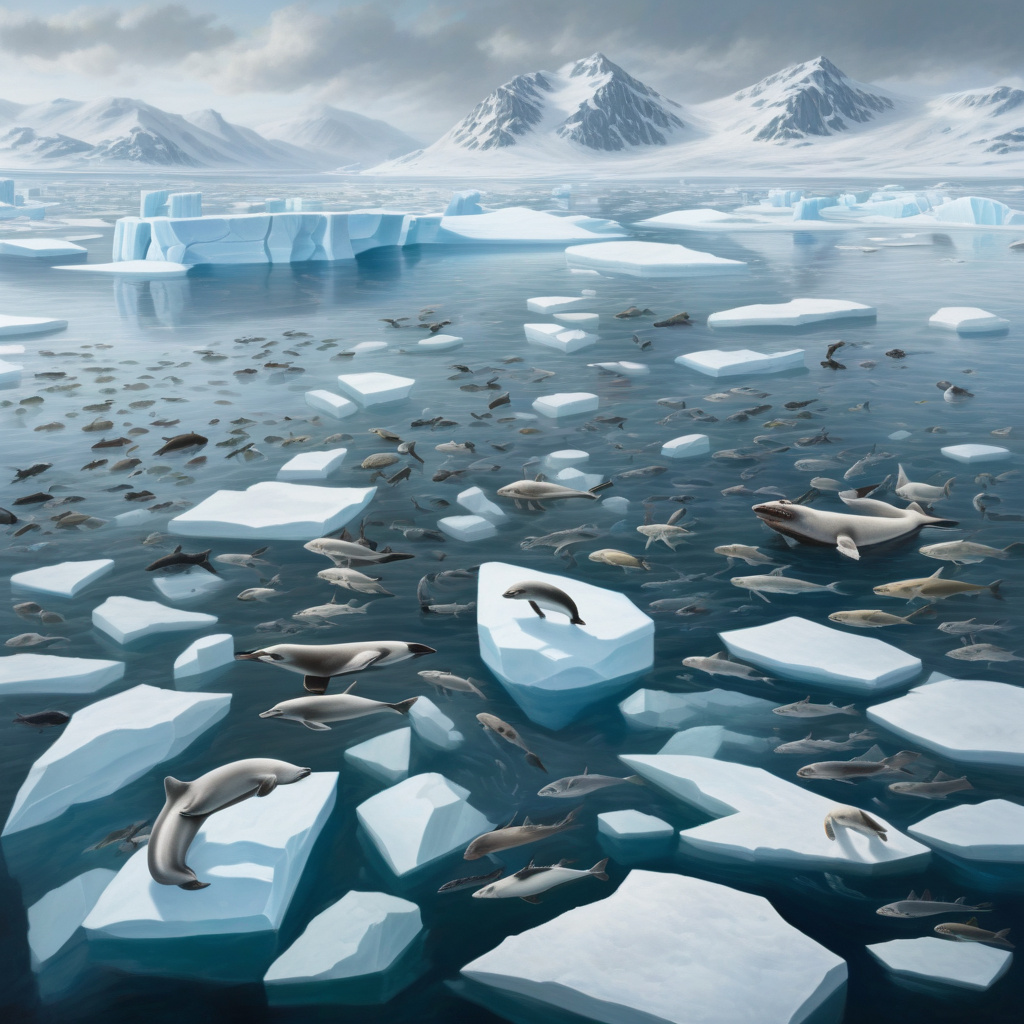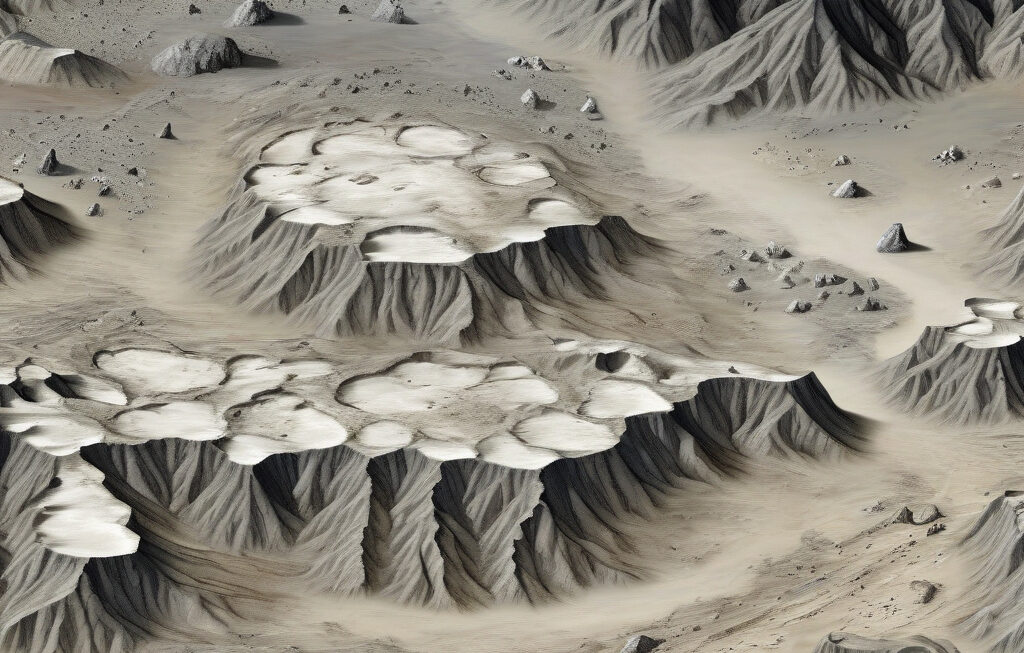Arctic Ocean Had Open Water and Life-Sustaining Conditions During Coldest 750,000 Years
A new study has answered the most debated question: Did a colossal, kilometer-thick ice shelf once cover the Arctic Ocean during the coldest glacial maximums of the past 750,000 years? The answer may surprise many, as recent research indicates that the Arctic Ocean maintained open water and life-sustaining conditions even during the most frigid periods.
The study, published in the journal Nature Communications, challenges previous assumptions about the extent of ice cover in the Arctic region during glacial periods. Using sediment cores collected from the Lomonosov Ridge in the central Arctic Ocean, researchers were able to reconstruct past environmental conditions with unprecedented detail.
Analysis of the sediment cores revealed evidence of thriving diatom communities, microscopic algae that form the base of the marine food web. These findings suggest that the Arctic Ocean contained open water regions that supported biological productivity, even when global ice volume was at its peak.
The presence of diatoms in the sediment cores indicates that sunlight, nutrients, and open water were available in the Arctic Ocean during the coldest periods of the past 750,000 years. This challenges the traditional view that the Arctic was largely covered by a massive ice shelf during glacial maxima, with limited opportunities for life to flourish.
The implications of this research are profound, as they provide new insights into the resilience of Arctic ecosystems in the face of extreme climate conditions. The ability of the Arctic Ocean to maintain open water and support biological productivity during the coldest periods of the past three-quarters of a million years highlights the adaptability of life in the face of environmental challenges.
Furthermore, these findings have important implications for our understanding of current climate change and its potential impacts on the Arctic region. As the Arctic continues to warm at a rapid pace, the insights gained from this study can help us predict how marine ecosystems in the region may respond to shifting environmental conditions.
In addition to advancing scientific knowledge, this research underscores the importance of studying past climate conditions to better understand the complexities of Earth’s climate system. By reconstructing past environments, researchers can gain valuable insights into how ecosystems have responded to climate variability in the past and apply this knowledge to current and future environmental challenges.
As we grapple with the urgent need to address climate change and its far-reaching impacts, studies like this remind us of the interconnectedness of Earth’s systems and the importance of preserving the delicate balance that sustains life on our planet. The resilience of Arctic ecosystems in the face of past climate extremes serves as a testament to the adaptability and tenacity of life in even the harshest environments.
In conclusion, the revelation that the Arctic Ocean maintained open water and life-sustaining conditions during the coldest periods of the past 750,000 years offers new perspectives on the history of the region and the resilience of its ecosystems. By challenging long-held assumptions about the extent of ice cover in the Arctic, this research paves the way for a deeper understanding of the complex interactions between climate, ice, and life in one of the most extreme environments on Earth.
climatechange, arcticocean, ecosystemresilience, scientificresearch, environmentalchallenges












